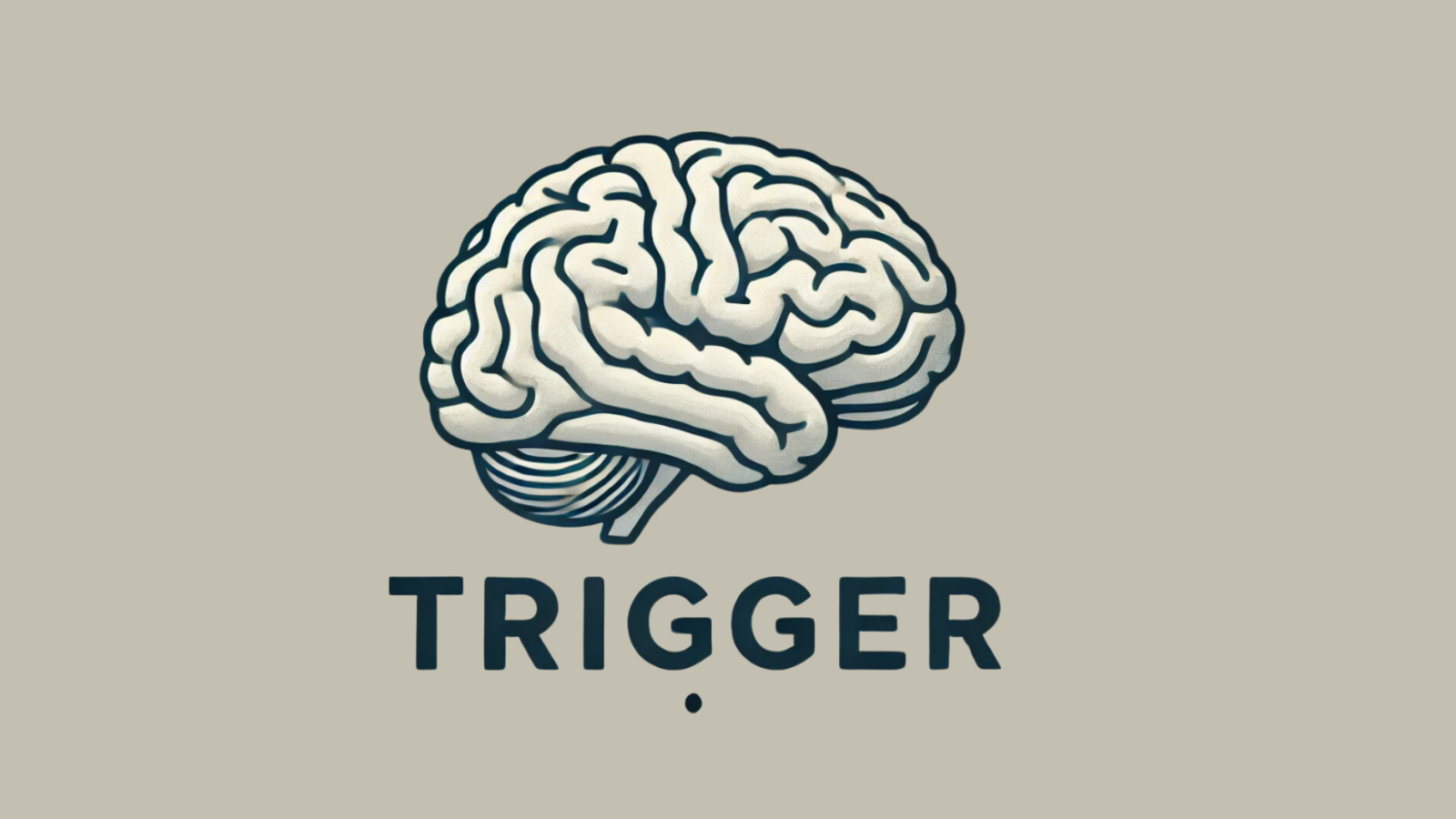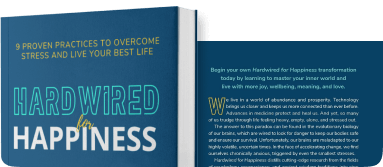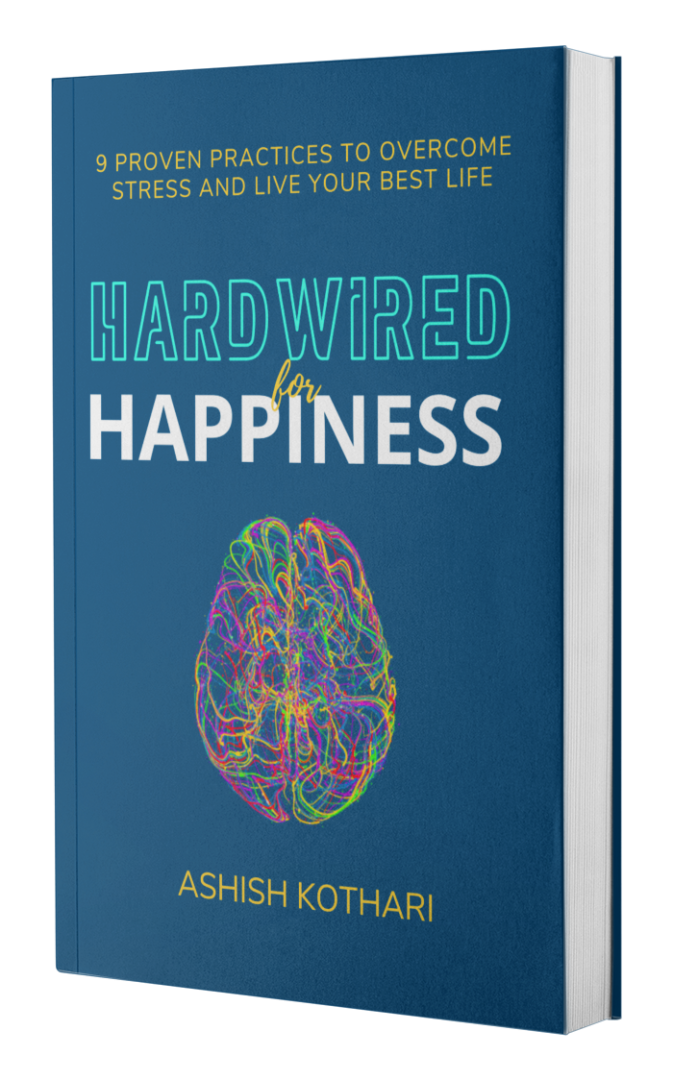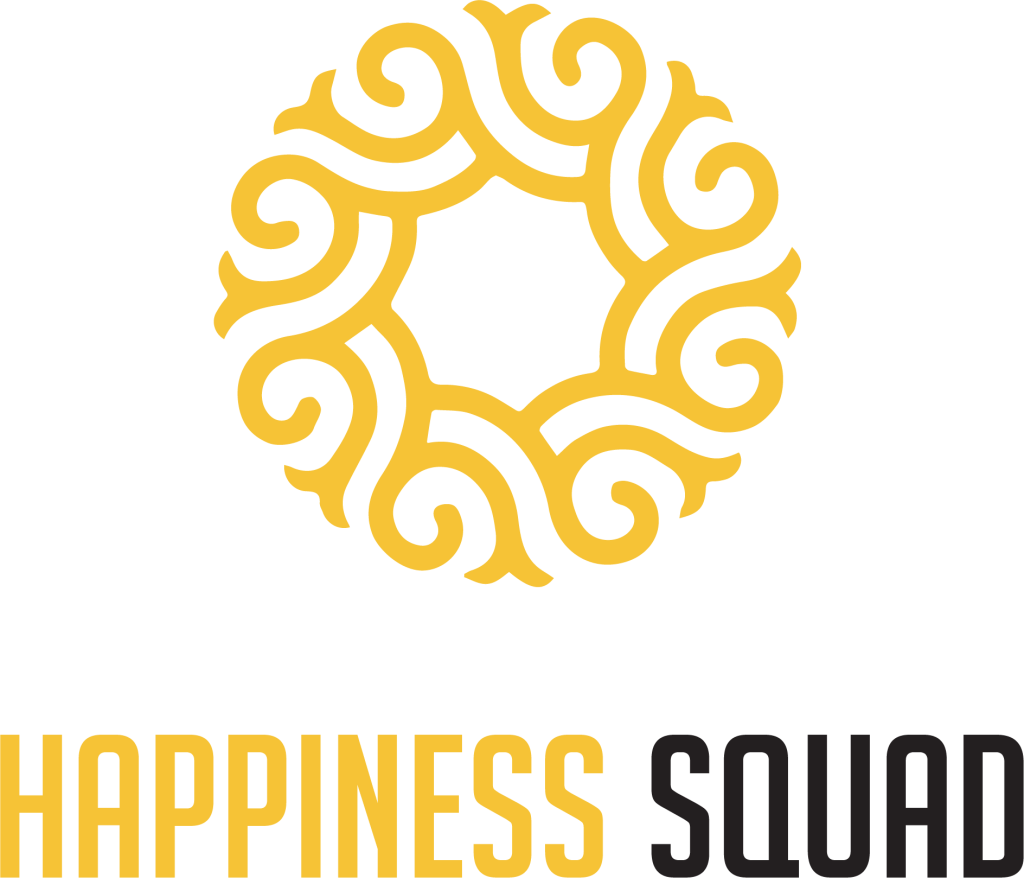How to Shift from Reacting to Responding When Facing Triggers with Renelle Everett Darr

Reacting to stressors and triggers can feel almost automatic. But when we operate in “reaction mode” all the time, we’re letting our immediate impulses drive our actions, which often leads to more stress, burnout, and decisions we regret later on. That’s no way to create a healthier environment for your team.
In this article, Renelle Everett Darr, Founder and CEO at InSight Coaching & Consulting LLC, shares powerful strategies to help you shift from reacting to responding and take back your control when facing inner triggers.
“We can choose to show up and create a different world. But we can’t change the world outside unless we change our world inside.”
– Ashish Kothari
Identify and understand your triggers
To start shifting from reaction to response, you first need to know what’s setting you off. It’s important to understand the underlying stories and beliefs that fuel your triggers. Triggers are often connected to past experiences or deep-seated beliefs we carry, sometimes without realizing it.

You can start by creating a “trigger journal” for a week. Note down each time you feel triggered, and ask yourself what belief or past experience might be driving this reaction. The simple act of acknowledging these moments can begin to loosen their hold on you.
Practice the power of the Pause
When you feel a trigger coming on, take small steps like taking a deep breath. Renelle suggests breathing techniques to calm your fight-or-flight response.

A common technique is the 4-6 breathing method: breathe in for a count of four and exhale for a count of six. This simple exercise helps slow down your heart rate and gives you a moment to step back from the triggering situation and regain control and clarity of your cognitive mind.
Reframe your inner story
Once you’ve gained more clarity after stepping back from the situation, challenge the narrative behind your reactions. A lot of our reactions stem from the “story” we tell ourselves about a situation. We attach meaning and judgment to events, which can heighten our stress.
For example, if an email feels disrespectful, we might react strongly based on a story about respect or past experiences with tone. Instead of reacting to the initial feeling, pause to examine the story behind it and ask, “Is this story accurate? How else could I view this?”

When you feel triggered, ask yourself, “What’s the story I’m telling myself here?” Try reframing it with a more neutral or positive perspective. This shift in mindset can make a huge difference in how you respond.
Connect to your core values
Align your responses with what matters most. During challenging moments, use your core values as your anchor when responding. Use your values as a “counterbalance” to the fears that often drive reactions.
For example, if you highly value kindness or patience, use that value to ground yourself and guide your response. When your actions align with your values, you’ll not only feel more in control but also more aligned with who you want to be as a leader.

Take a moment to clarify your core values. When you’re faced with a trigger, let these questions be your guide when responding: “Am I acting in line with my values right now?” “How can I respond in a way that aligns with my deeper purpose?”
Conduct safe-to-fail experiments
Try small changes in how you respond to certain triggers. The safe-to-fail experiments Renelle shares is a great way to test out new responses in low-stakes situations. This can be as simple as changing your tone in a challenging conversation or choosing not to respond immediately to a frustrating email. By experimenting in low-stakes scenarios, you can build confidence and train yourself to respond thoughtfully under pressure.

Practice this: Pick a “safe-to-fail” moment in your day where you’d typically react and try a different response. Notice how it feels and what impact it has. These small experiments will build resilience over time, allowing you to respond more effectively when stakes are higher.
Conclusion
More often than not, business issues often stem from internal issues within leaders. When leaders react impulsively to stressors, it sets a tone of reactivity that trickles down to the entire team. By shifting from reacting to thoughtfully responding, you’re addressing those internal issues at their root and modeling a mindful, controlled approach to challenges.
As you strengthen your ability to respond mindfully, you’ll see it reflected in your team’s performance, decision-making, and overall morale. In the end, the most transformative change you can make starts from within—leading not just by direction, but by example.
“If we want to make collective change, it has to start with ourselves.”
– Renelle Everett Darr
Constant reactions can take a toll on your focus and energy. Learn practical steps to shift from reacting to responding to your triggers in this episode of Happiness Squad Podcast with insights from Ashish Kothari and Renelle Everett Darr, Founder and CEO at InSight Coaching & Consulting LLC.
Learn more about Renelle at her LinkedIn.
Listen to the podcast with Ashish and Renelle below.
Access and subscribe to all of the episodes of the Flourishing Edge Podcast here.
Visit the REWIRE Program powered up by the HAPPINESS SQUAD Community and experience your shift within your 30-day risk-free trial today. Cultivate your Self-Awareness, Gratitude, Purpose, Community, and personal growth more through the 9 Hardwired for Happiness practices. Integrate simple and proven micro-practices grounded in the science of happiness and neuroscience of habit formation in 5 minutes a day.
Make Flourishing Your Competitive Edge.


